The best houseplants
Plants are a fundamental element of furniture, capable of giving life, movement and freshness to environments. They have a beneficial power on spaces, improving air quality and general aesthetics. But they also have the ability to affect our mood and in a certain sense they are good for company. However, choosing the right amount of domestic greenery is not easy. Numerous factors must be taken into account, not least the question of sunlight.
Among the best tips for decorating your home with nature is to choose plants that require little maintenance and little sun, such as succulents, ferns or house plants such as ficus or spathiphyllum (spoon plant) which they are frequently found in indoor environments for their ability to purify the air.
Watch the video how to decorate with houseplants
How to decorate your home with plants
In order to design harmony between furnishings and flowers and plants, it’s important to dose the quantity of elements and colours. If your home decor is minimalist and clean, the most suitable plants are probably the monochromatic green ones or those with soft colored flowers. White lilies or pink tulips can be great options to consider. If, on the other hand, your furnishing style is more eclectic and open to the world of colours, you can opt for brighter green plants and brightly colored flowers, such as sunflowers or yellow daffodils.
Natural elements should also be placed strategically and not necessarily on the floor. Start considering placing plants and flowers on shelves, tables or in particular corners, with suitable vases and containers.
Which plants to choose for the house or apartment
Among the different plants suitable for decorating a domestic space or an apartment in the city, here are some of the best options:
Pothos
or the highlander of houseplants, with characteristic heart-shaped leaves. It’s very popular because it’s super resistant to the most diverse light conditions.
Dark corners and little water do not scare the pothos, they thrive even in circumstances of this kind.
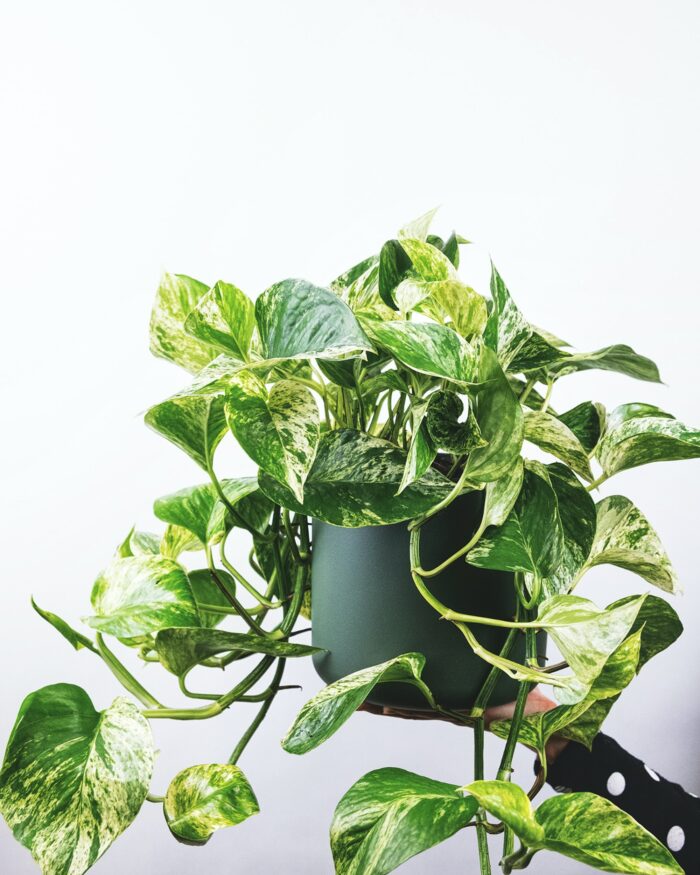
Sansevieria
better known as “devil’s tongue”, has the ability to survive in low light conditions, therefore even with little sun and non-direct light. Its long, stiff leaves ranging from dark green to light green or yellowish occupy the space with delicacy. Sansevieria tolerates dry air well and temperatures up to 30 degrees, it suffers more when the thermometer starts to score below 10 degrees.
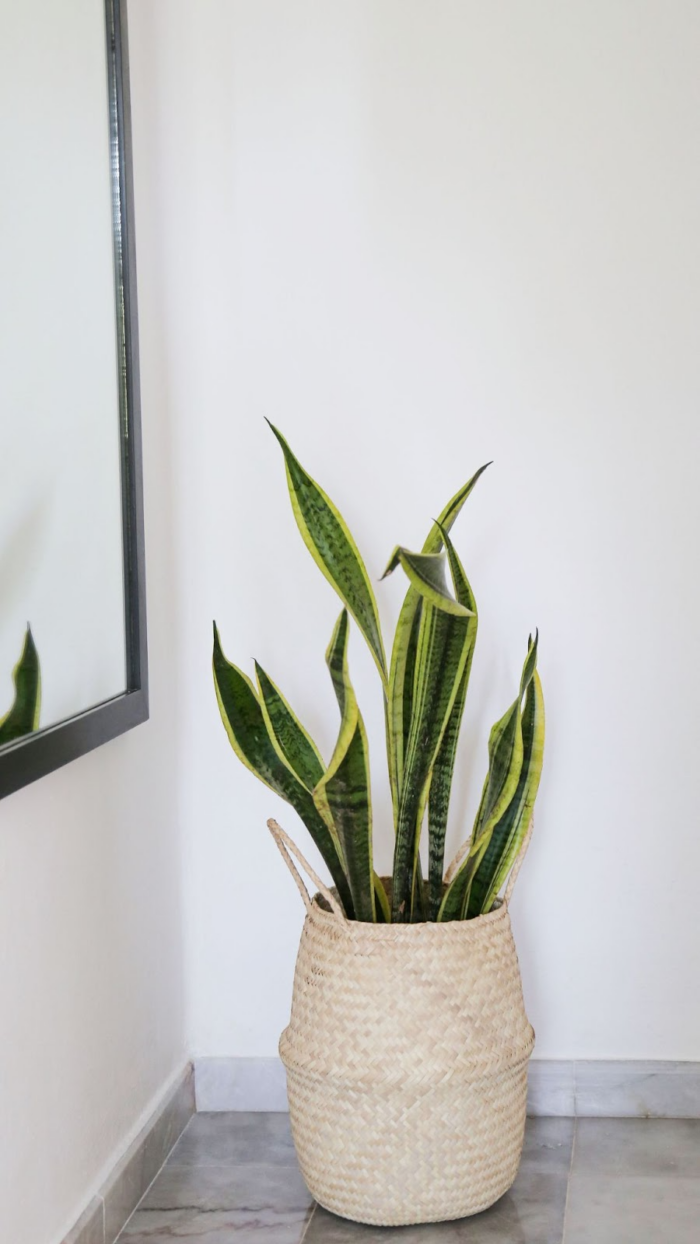
Ficus elastica
also called the rubber plant, is appreciated for its large glossy leaves and its low need for specific care. Its ideal temperature ranges from 16 to 24 degrees, which is why in the warmer months it is advisable to move it outside, while not exposing it to direct sunlight. Treated well, a ficus elastica can live for more than twenty years.
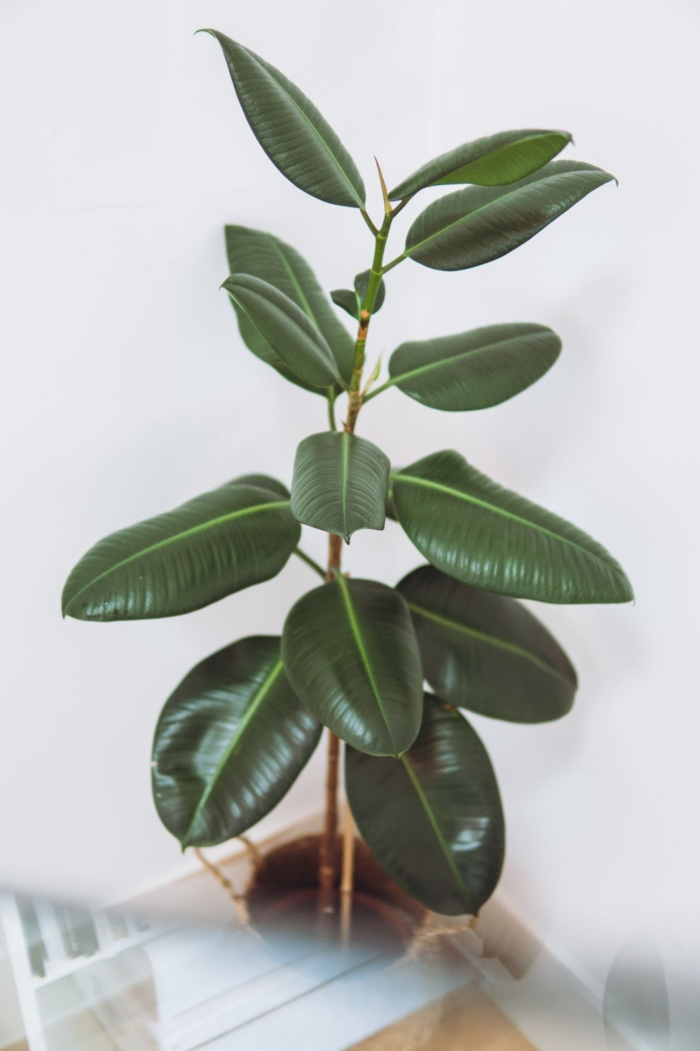
Dragon plant
it has thin and elongated leaves, very decorative, designed by nature even for those who do not understand gardening at all. There are several varieties, some of which are also suitable for low light conditions. The original Italian name of the plant is “plant of happiness”, because it was thought to bring good luck.
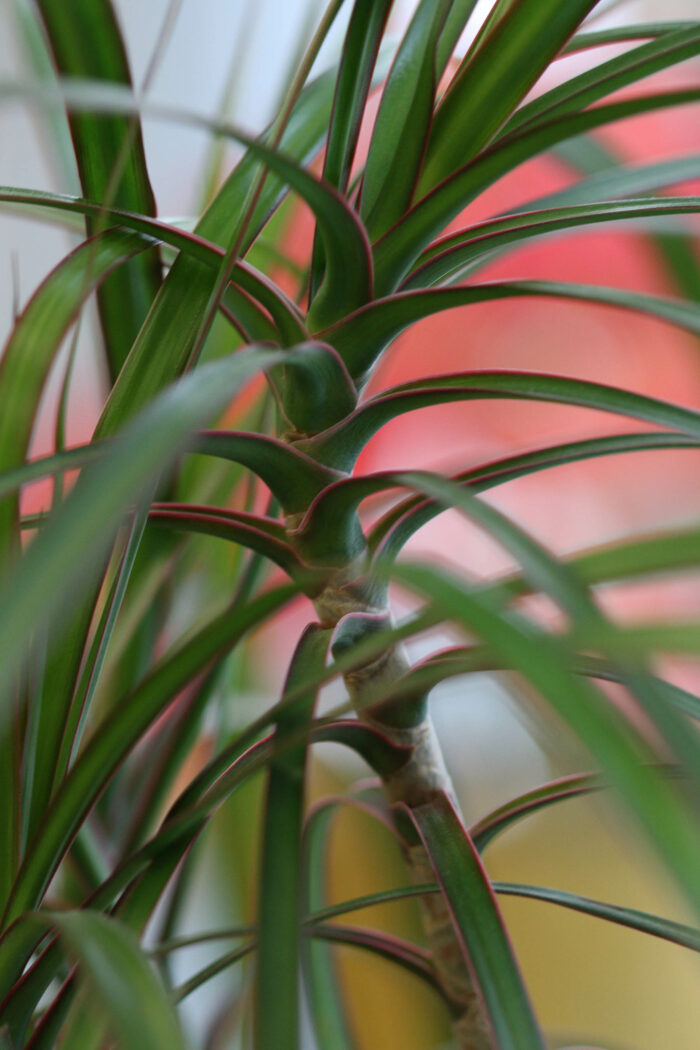
Peperomia
it is among the evergreen plants par excellence. Little care and little watering: the need for maintenance of peperomia can be enclosed in this formula. It’s a small plant, usually no more than 30 cm tall, with small, fleshy leaves, which also appreciates dry soils. It finds its ideal habitat inside suspended pots, even in environments subject to steam such as in the kitchen. It grows bringing its splendor and it is also common to find it in offices and on desks.
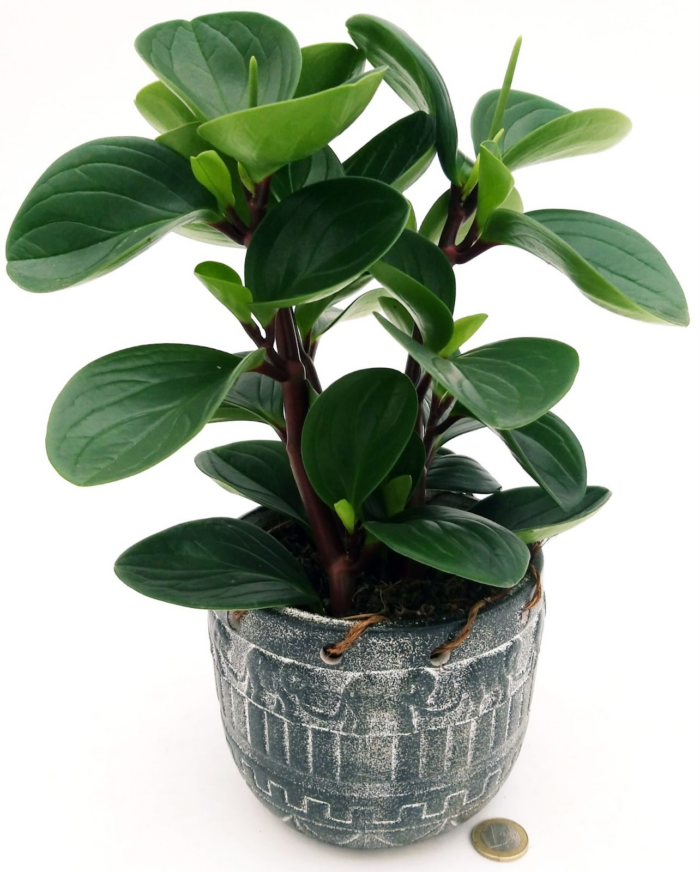
Plants, flowers and flowering for the house
Among the plants with large and showy flowers, I suggest you choose between orchids, gerberas, begonias or violets. They need attention and a little green thumb, but the effort will be rewarded with their shiny beauty. Obviously the plants are not perpetually flowering, but they can, in some cases, offer more blooms during the year. Flowering plants often need misting, constant temperatures, changes of pot and the use of products. Flowering plants smell good (think violets), symbolically considered a gift from them for our care.



